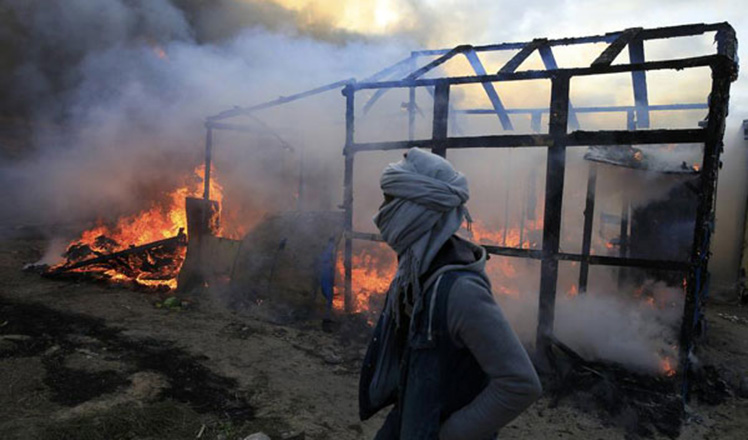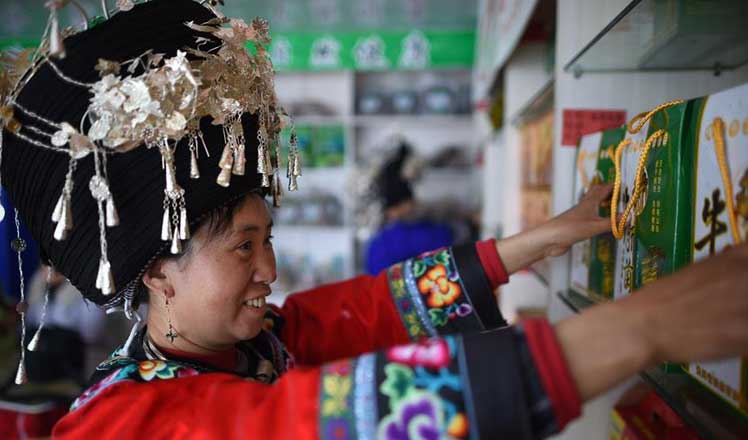Chongqing takes baby steps toward assisted reproduction
Updated: 2016-03-03 14:31
By Zheng Xin(China Daily)
|
||||||||
Southwest China's Chongqing municipality is planning to allow more assisted reproductive agencies to meet anticipated rise in demand for their services, as China has eased its family planning policy.
The city will grant licenses to three more assisted reproductive agencies, which will swell their overall number to nine by 2020, according to the Chongqing Commission of Health and Family Planning.
Experts said they believe the municipality's decision could be a sign China will gradually see a rise in qualified assisted reproductive agencies, whose approvals were postponed by the government since 2013 to contain the disorderly conduct in the market.
"With increasing number of people opting for medical interventions like in vitro fertilization, intra-uterine insemination and other laboratory-enabled methods to conceive babies, the current market is estimated to be around 120 billion yuan ($18.43 billion)," said Gan Xiang, a pharmaceutical industry analyst.
According to the commission, there may be around 300,000 infertile women in Chongqing. And 75,000 of them are estimated to be in need of assisted reproductive services. However, the existing six agencies are unable to meet the demand.
The Population and Family Planning Institute of Science and Technology in the city echoed the views, saying the current domestic assisted reproduction market has enormous potential, given that a test-tube baby operation requires an average wait of six months in the big cities.
In China, an assisted conception-and-birth service, like the test tube baby program launched in the 1980s, could entail expenses in the range of 20,000 yuan and 100,000 yuan at hospitals. Such package deals include accommodation and hospital charges.
Complex procedures like extraction of a woman's egg could cost up to 30,000 yuan, while the process of fertilizing the extracted egg with sperm in a laboratory would cost much more.
Profits are high, but the scope is somewhat contained by the fact that the number of qualified institutions and hospitals in China is still moderate, which makes having a baby almost impossible for many infertile couples.
The National Health and Family Planning Commission suspended assisted reproduction from 2013. There were 356 qualified assisted reproduction agencies nationwide by then. No regional commission had granted any new license since then.
According to the China Population Association, 12.5 percent of the country's reproductive-age population is likely infertile. The figure is four times that two decades ago.
According to a research report by Guotai Junan Securities Co, the existing agencies could handle less than 200,000 cases of infertility each year, a fraction of some 40 million infertility patients nationwide.
Thus, Chongqing's plan to grant more licenses has the potential to ignite hopes of many aspiring parents.
It is believed the decades-long one-child policy was ended mainly due to two reasons: the aging society and the high levels of infertility among reproductive-age couples. So the government is expected to grant more licenses to assisted reproductive agencies gradually, said Gan.
(China Daily USA 03/03/2016 page15)

 China's first large passenger plane poised for maiden flight
China's first large passenger plane poised for maiden flight
 Clashes break out as France begins clearing Calais migrant camp
Clashes break out as France begins clearing Calais migrant camp
 Top 10 cities with most billionaires in 2016
Top 10 cities with most billionaires in 2016
 Milan Fashion Week: Dolce & Gabbana Autumn/Winter 2016 collection
Milan Fashion Week: Dolce & Gabbana Autumn/Winter 2016 collection
 Top moments from Oscars 2016
Top moments from Oscars 2016
 China Daily weekly photos: Feb 20-26
China Daily weekly photos: Feb 20-26
 People view plum blossoms at scenic area in E China
People view plum blossoms at scenic area in E China
 Rural e-commerce developed to promote local products in SW China
Rural e-commerce developed to promote local products in SW China
Most Viewed
Editor's Picks

|

|

|

|

|

|
Today's Top News
What ends Jeb Bush's White House hopes
Investigation for Nicolas's campaign
Will US-ASEAN meeting be good for region?
Accentuate the positive in Sino-US relations
Dangerous games on peninsula will have no winner
National Art Museum showing 400 puppets in new exhibition
Finest Chinese porcelains expected to fetch over $28 million
Monkey portraits by Chinese ink painting masters
US Weekly

|

|